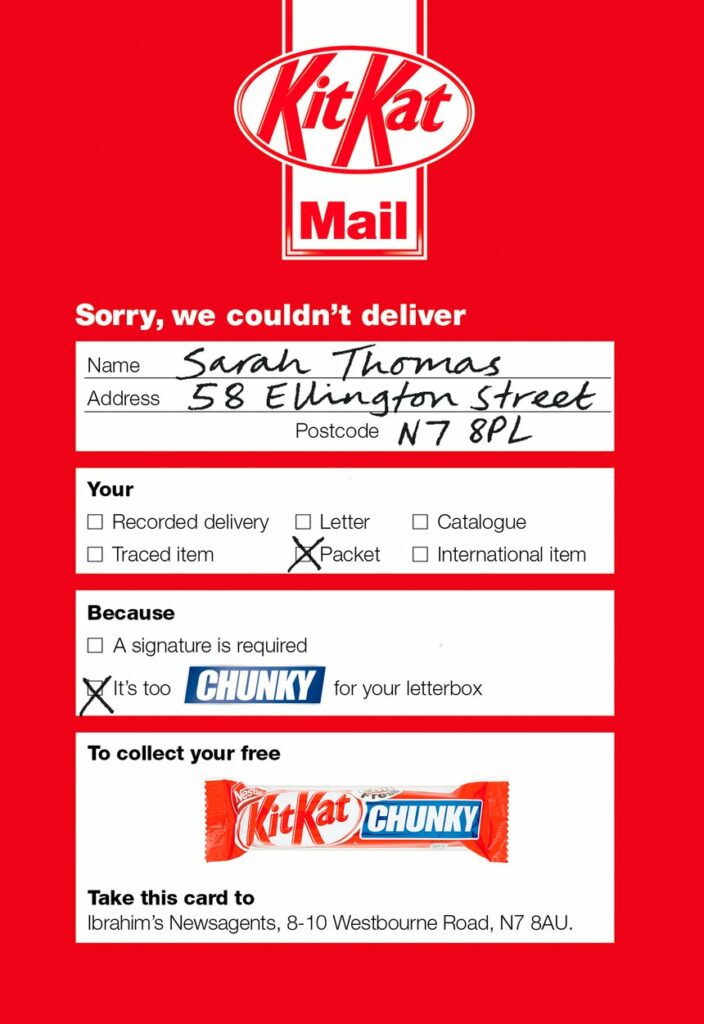Many believe direct mail marketing has outlived its time. Most organizations have since stopped sending postcards, flyers, and catalogs through mail delivery services to people’s mailboxes as a marketing strategy. After all, physical marketing media seems archaic, as digital channels reign supreme nowadays.
However, current data show otherwise. The Association of National Advertisers’ 2021 Response Rate Report reports that direct mail marketing has a 112% ROI—the highest among other marketing channels, after SMS, email, and paid search. As such, businesses must realize that direct mail is still an effective way to reach out and build lasting relationships with potential and existing customers.
Read here to learn the essential things about direct mail marketing and how to elevate your organization using this tried-and-tested marketing channel.
What is Direct Mail Marketing?
Direct mail marketing is a highly targeted advertising strategy. Businesses send physical promotional and informational materials directly to a targeted audience via postal services. It’s one of the oldest marketing strategies, with entities dating back to 1,000 BC using direct mail to reach prospects and customers.
Many customers and marketers thought of direct mail as an obsolete strategy following the rise of digital marketing. However, it experienced a recent resurgence. More enterprises ventured into combining traditional and digital techniques to spice up their marketing approaches and find better ways to connect with people.
Benefits of Direct Mail Marketing
The arrival of direct marketing has provided more accessible and straightforward solutions for building relationships with prospects and customers. But how else can this strategy help your organization? Here are some advantages of direct mail marketing that your business can leverage.
Highly Targeted
Direct mail marketing targets specific customer segments. It entails tailoring messages to appeal to their interests and needs for a highly personalized approach.
Say you’re a watch company. You can send brochures for high-end watches to affluent households with significant spending power and promotions for more affordable products to budget-conscious families.
Direct mail campaign can target specific demographics, which makes them a cut above traditional mass advertising. You ensure the right message reaches the appropriate audience, which is more efficient and cost-effective than casting a wide net and hoping to hit conversions. As a result, you’re more likely to generate high-quality leads and secure higher marketing ROI.
High Response and Conversion Rates
An excellent way to measure a campaign’s success is by the number of recipients who convert—its response and conversion rate.
According to Lob’s State of Direct Mail, 72% of customers read direct mail immediately. By contrast, MailChimp finds that email marketing open rates average only 21.33%—a staggering difference between the two approaches. Moreover, the same Lob survey reports that 62% of customers have converted after reading a direct mail piece, often visiting the brand’s website after receiving it.
A contributing factor to direct mail’s high response and conversion rates is its ability to reach a specific audience. This capability enables businesses to send promotional materials to people more likely to be interested in their products. Hence, they can increase the likelihood of responses.
Measurability
Direct mail also allows businesses to track performance metrics and measure their campaigns’ effectiveness. Aside from response and conversion rates, you may also track customer acquisition costs, the total amount spent to acquire new leads. This figure encompasses marketing expenses and overhead, so you generally want it lower.
On the same note, most organizations also monitor return on investment.This measures the direct mail campaign revenue compared to the invested amount, determining its profitability and overall success. Ultimately, investment returns can help you make informed decisions about effective marketing efforts.
3 Direct Mail Marketing Best Practices

Implementing direct mail marketing doesn’t end with understanding its benefits to your marketing efforts. You must also learn how to maximize this strategy to make it effective. Here are some best practices to help you implement this approach effectively.
1. Define the target audience
Identifying and segmenting people most likely interested in your product or service can help you deliver tailored campaigns that fit their preferences and needs. Start by understanding the following characteristics of your audience:
- Demographics: Age, gender, income, education level
- Psychographics: Interest, value, lifestyle, opinion
- Buying behaviors: Purchase history, brand loyalty, campaign response
Next, segment your prospects according to these factors. For instance, you can group them according to age, which is particularly useful if you provide products targeted toward children or adults. Consider being even more specific with your segments, like targeting high-income Christians with expansive California properties if you’re a real estate company.
2. Personalize Messages
With an idea of what products specific customer segments may be more interested in, you can customize direct mail materials according to their preferences and also offer tailored discounts that may pique their interest.
McKinsey reports that 71% of customers expect personalized interactions from brands. As such, you must tailor marketing materials to each customer’s preferences.
An effective way to personalize messages is to leverage variable data printing technology. It allows organizations to customize every aspect of a printed piece depending on each segment’s needs. You can easily tailor-fit images, locations, offers, and promotions without delaying the printing process due to constant editing.
3. Include a Call to Action
It’s not a marketing campaign without a compelling call to action to encourage recipients to engage with your business. A well-crafted CTA can increase the campaign’s metrics by guiding recipients toward a desired action—such as a purchase, sign-up, or visit.
A CTA must be straightforward, actionable, and easy to understand. It’s also a good practice to include phone numbers and website URLs to guide recipients precisely where to go after reading the piece. Moreover, it should create a sense of urgency and encourage recipients to act immediately, with phrases such as “Shop now” or “Limited time offer.”
Nestlé’s KitKat Chunky: Successful Direct Mail Marketing

People often consider direct mail marketing a ‘traditional’ strategy ineffective in the present digital age. However, being creative about your approach may still work. Take one of Nestlé’s older campaigns, for example. Whenever a mail carrier can’t send a package, often because it’s too large to deliver, they typically leave a notification card.
Nestlé’s KitKat used this concept in 2012 to market a new product. They sent a postcard stating that the company couldn’t deliver a KitKat Chunky because “It’s too chunky for your letterbox.” The postcard also included a CTA directing recipients to their local newsagent to collect their package—a free KitKat Chunky.
Nestlé reported that 87% of recipients responded and got their freebie, with a definite rise in awareness about their new product. While the campaign took place more than a decade ago, it was still a success amid other more popular marketing strategies during that time.
This overwhelming response rate shows that being creative about your direct mail campaign can help this approach stand toe-to-toe with current digital campaigns.
Elevate Your Business with Direct Mail Marketing
Despite the existence of digital strategies, the direct mail strategy’s resurgence indicates it still has a valuable role in the marketing landscape. It provides a unique opportunity to reach a highly targeted audience. More than that, it enables you to deliver personalized messages, giving your organization an edge over competitors.
Ultimately, it isn’t a matter of traditional versus digital marketing strategies. Direct mail marketing can complement modern campaigns to help you build more meaningful relationships with new and existing customers. As such, consider incorporating it into your marketing mix to reach customers in a more tangible and personalized approach.






0 Comments